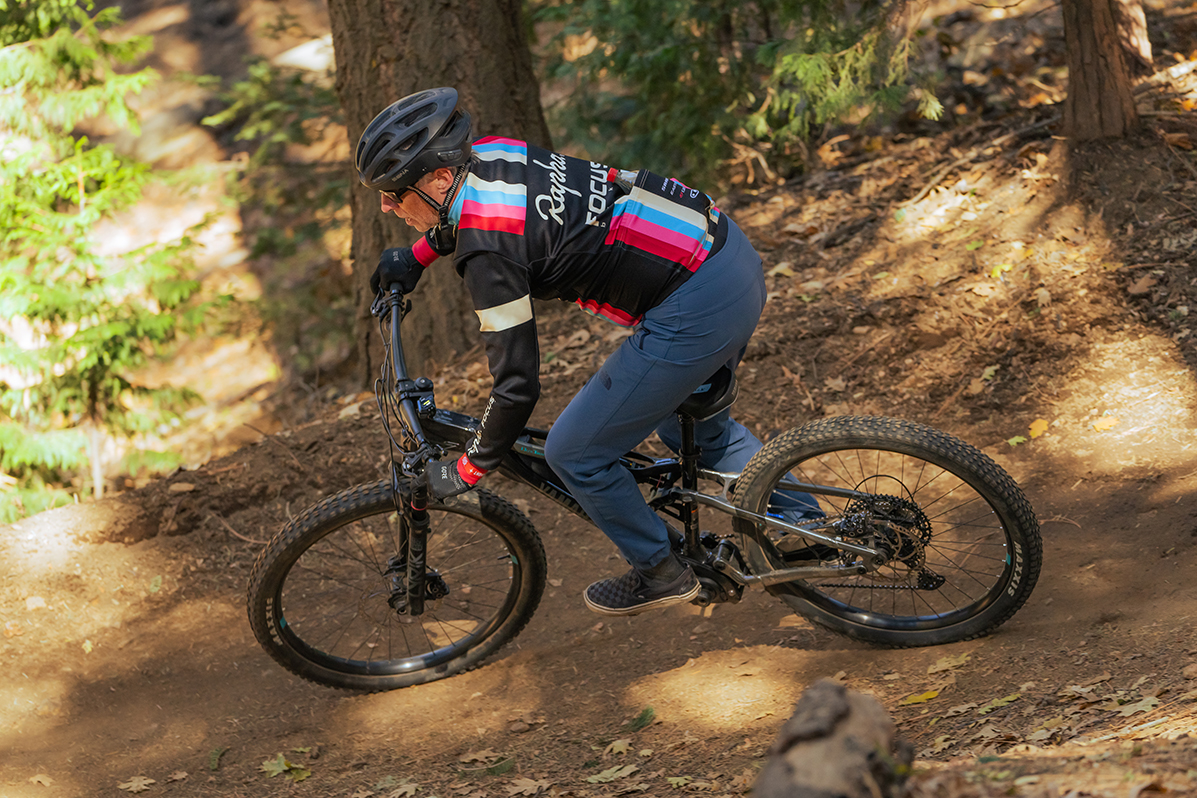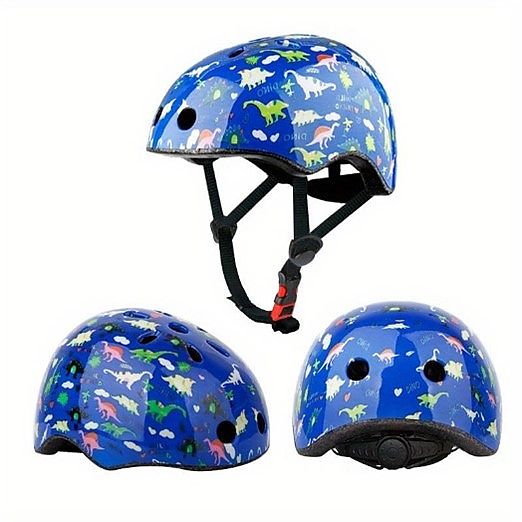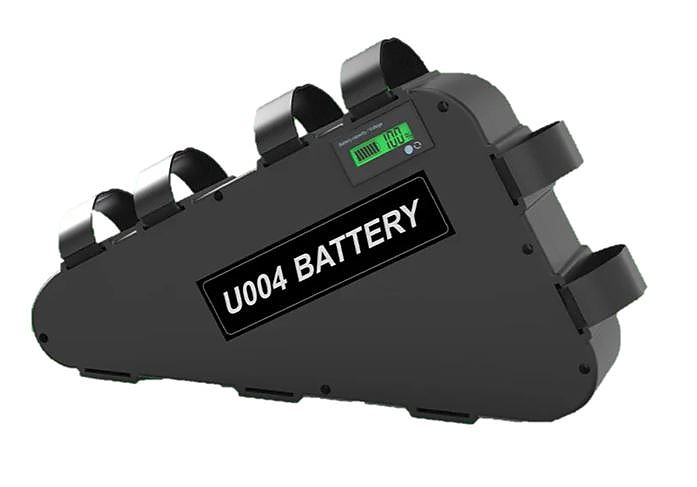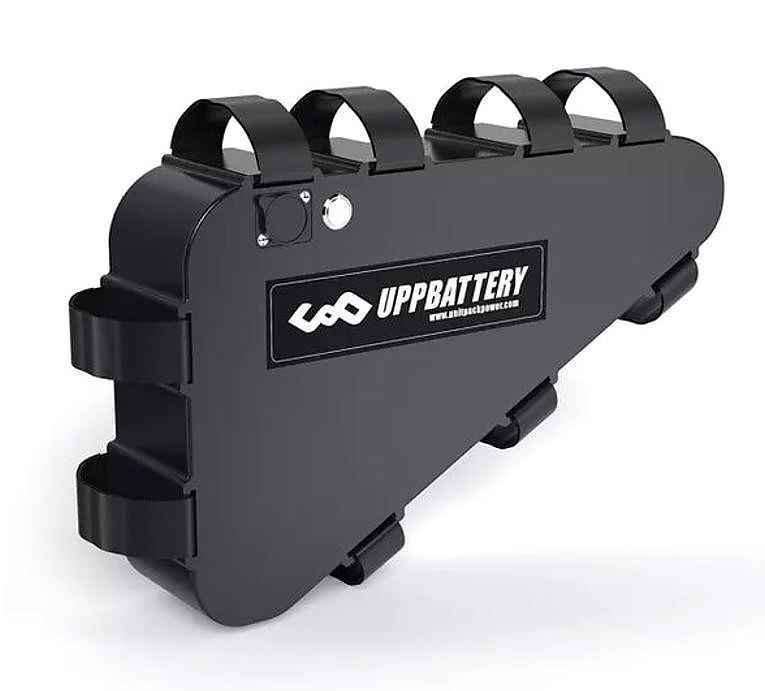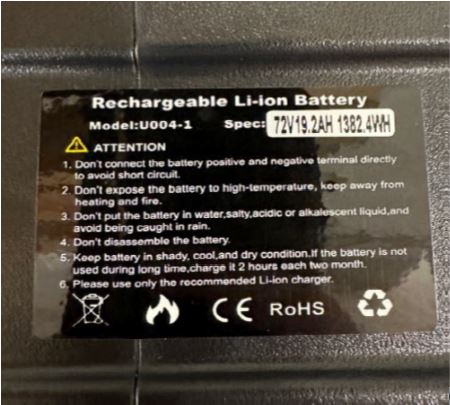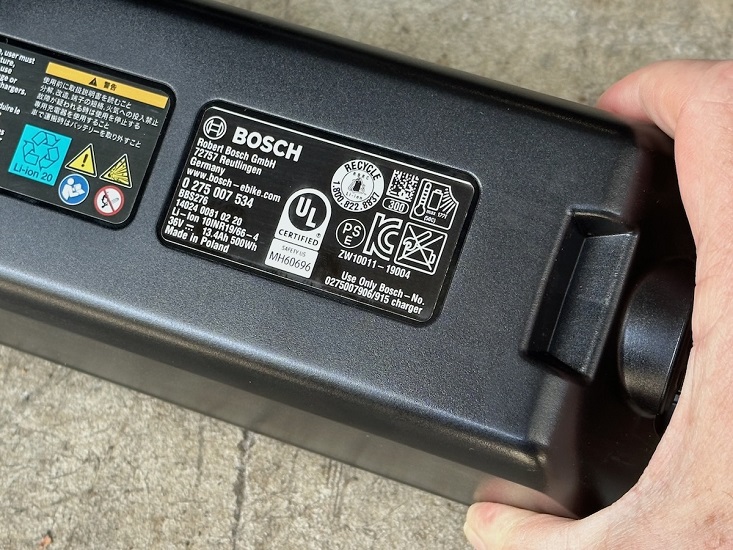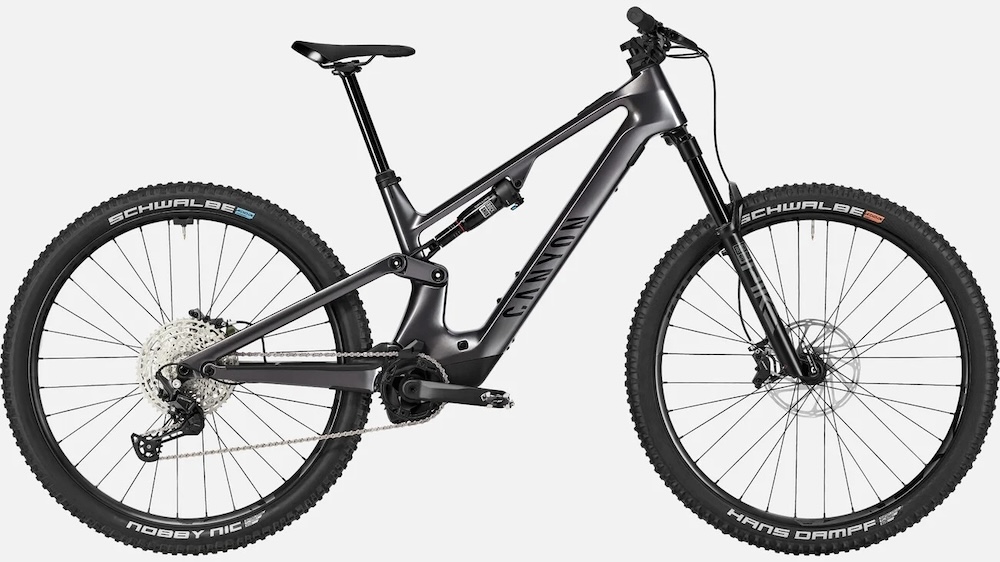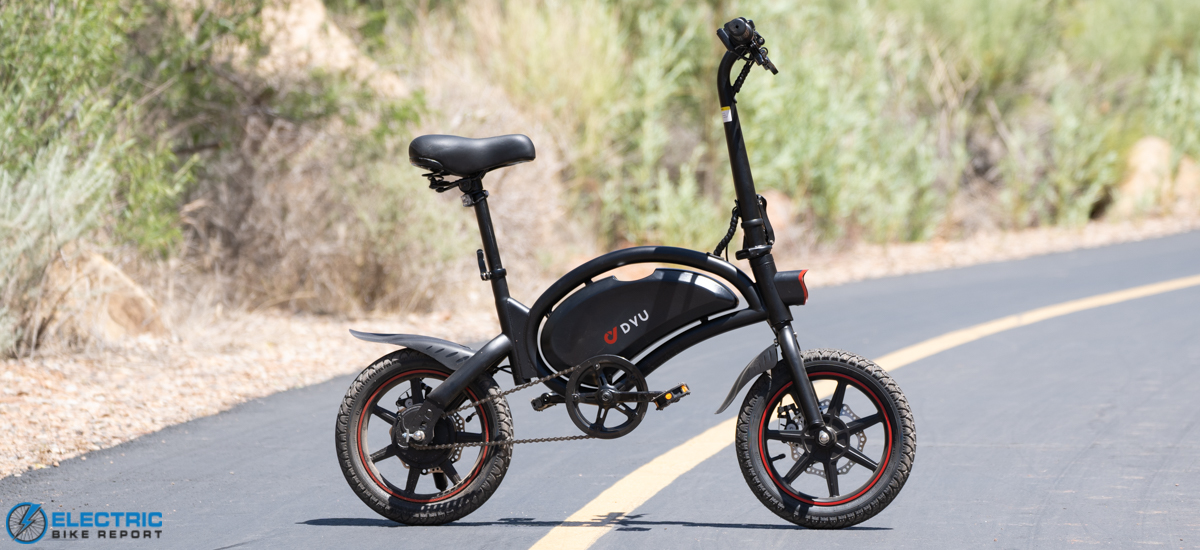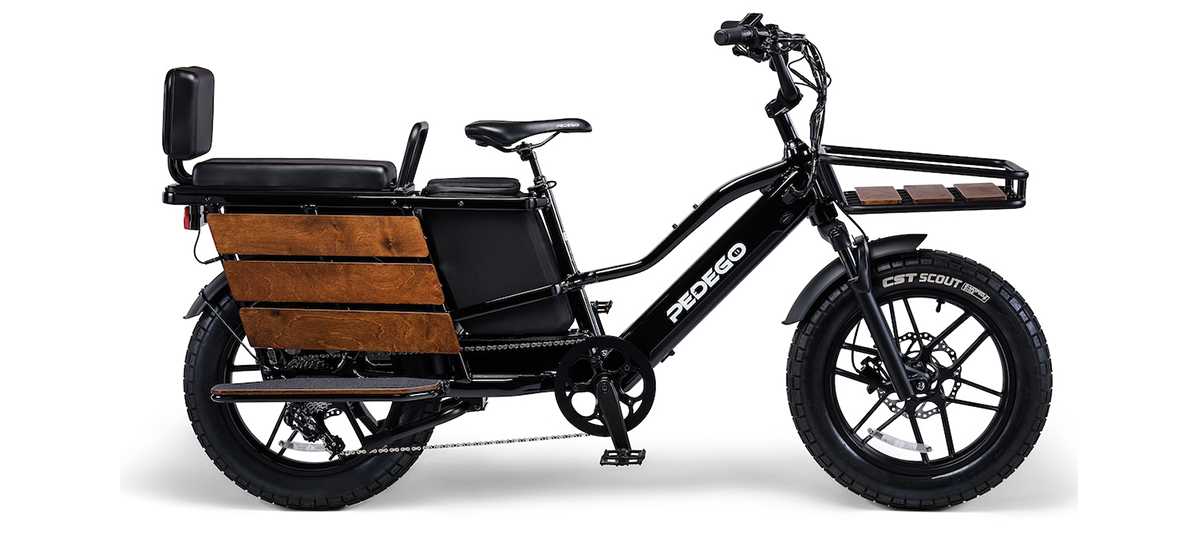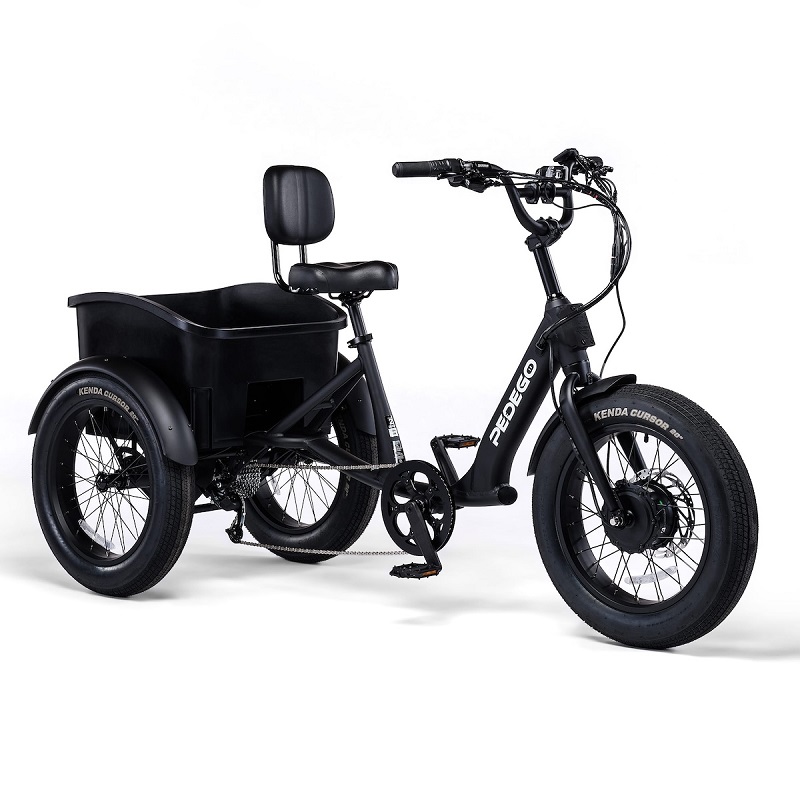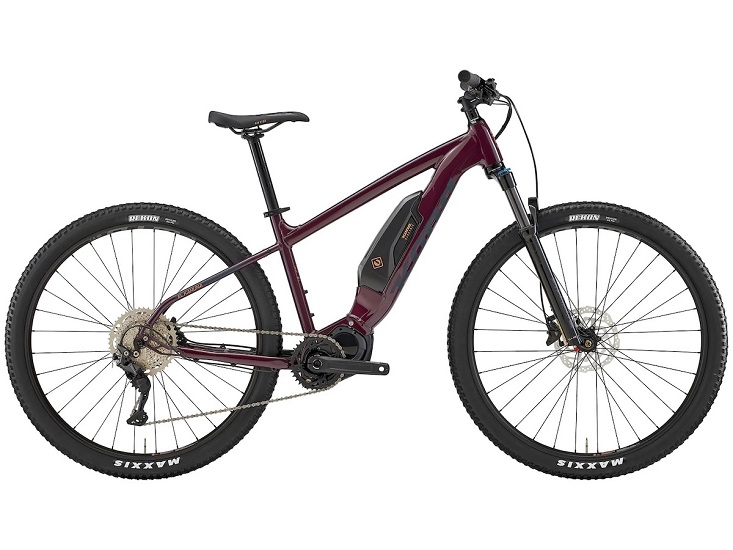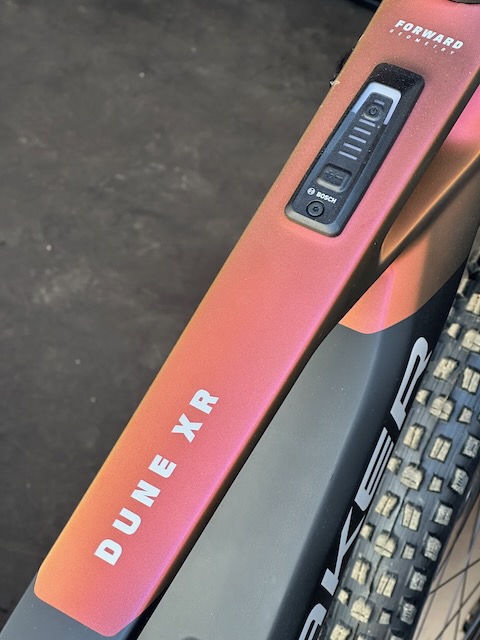The size small version of the helmet does not meet CPSC impact certification requirements.
The recall affects roughly 200 helmets. The helmets in question can fail to offer sufficient protection to the child in the event of a crash. Anyone owning one of the helmets should stop using it immediately.
The affected helmets are size Small and are primarily blue and decorated with dinosaurs. All of the helmets feature black pads and straps and have a dial adjustment on the rear of the helmet for fit. Inside the helmet they feature a white label that says Model KY-E008.
Owners of these helmets should contact Chau River Sports Outdoors. They will respond with instructions on how to obtain a refund. Helmet owners can also go to the Chau River Sports Outdoors website and message them.
The affected helmets were sold from June 2023 to January 2024 for between $16 and $40.
Looking for a replacement? We have suggestions.
